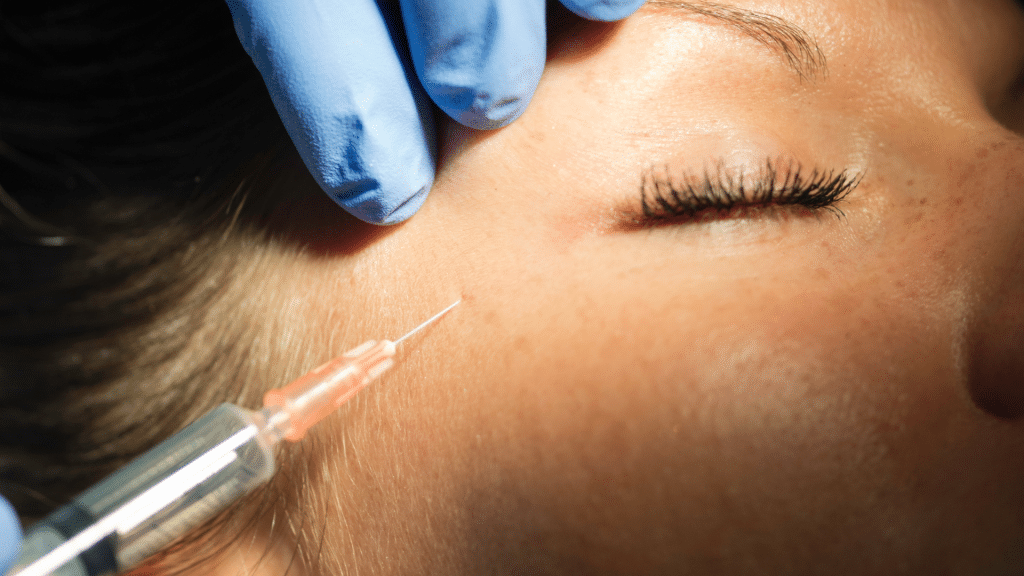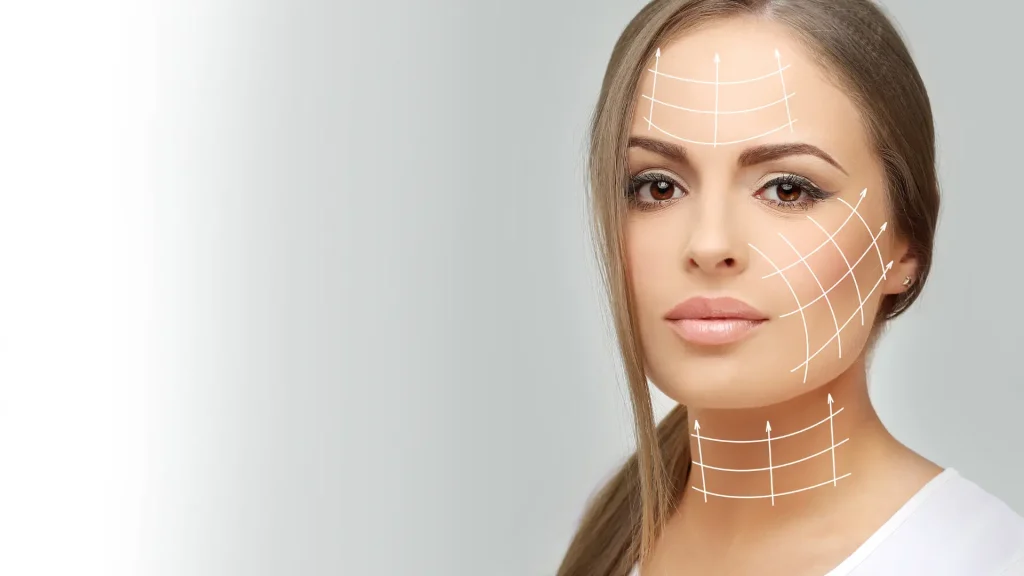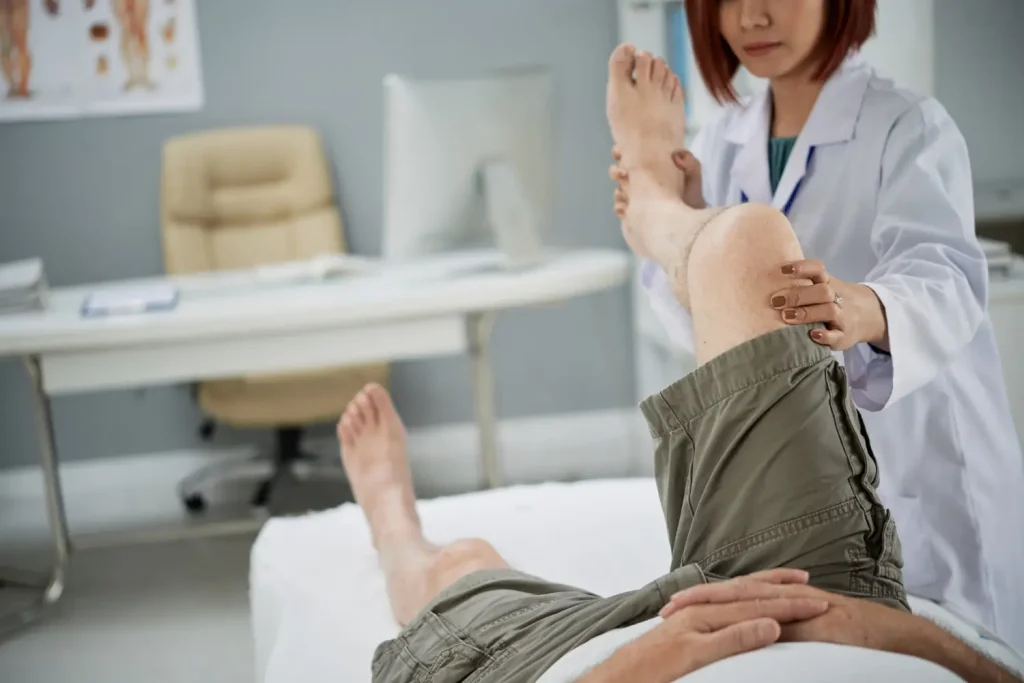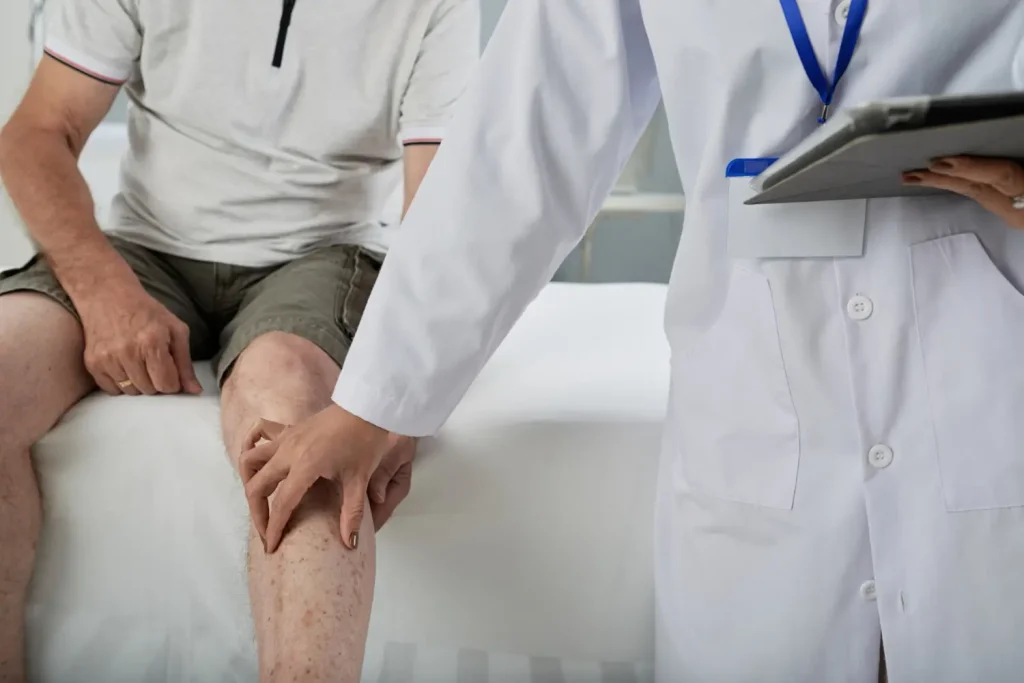Dermal fillers like Restylane have gained immense popularity for their ability to enhance facial features and combat signs of aging. According to a recent clinical study published in the Clinical Interventions in Aging, Restylane injections are associated with a high patient satisfaction rate, mainly when used for lip augmentation and wrinkle reduction.
However, like any cosmetic procedure, Restylane is not without its risks. Side effects such as swelling, bruising, and allergic reactions. Understanding these potential risks is crucial for informed decision-making and safe treatment.
In this article, we will explore the benefits of Restylane, discuss its potential side effects, and provide essential precautions to minimize risks. Whether you’re considering your first filler treatment or seeking additional information, let’s navigate the world of Restylane together.
Key Takeaways
- Restylane injections are a popular cosmetic treatment for enhancing facial features and reducing signs of aging.
- While generally safe, medical professionals need to be aware of potential side effects and complications associated with Restylane injections.
- Understanding these risks and taking appropriate precautions can help ensure the safety and satisfaction of patients undergoing these procedures.
About: Medical Spa RX provides premium products at the best prices for medical practices. If you’re looking to buy Restylane online for your practice, the sales representatives at Medical Spa RX can guide you.
Common Side Effects of Restylane Injections

Some people might experience bruising or swelling after getting Restylane injections. Others might notice red spots on their skin or feel itchy where they got the shot.
Bruising often shows up after Restylane injections. It’s a common side effect and usually means the treatment area is healing. This happens because the needle can hit small blood vessels under the skin, leading to a bruise.
Swelling is a common side effect after Restylane treatments. It can appear immediately or later and last for weeks. This puffiness happens because the area is reacting to the injection.
Redness is a common side effect of Restylane injections after swelling and bruising. Many patients experience some degree of redness at the injection site. This can be due to the body’s reaction to the hyaluronic acid-based filler or from minor trauma caused by the needle during the procedure.
Rare but Serious Complications
While Restylane treatments are generally safe, some people might face rare but severe issues like infection or vascular occlusion. Learn more about how to stay safe.
Infection after a Restylane injection is rare, but it’s serious. Bacteria can get into the skin and cause significant problems. This might lead to swelling, redness, and pus. Sometimes, the body tries to fight off these germs.
Granulomas are not just any side effect but a severe response to Restylane. They form when the body sees the filler as a foreign object and tries to “wall it off.” This leads to lumps that can be hard, noticeable, and sometimes painful.
Moving from understanding granulomas, another severe risk is vascular occlusion. This happens when blood flow in vessels gets blocked due to facial filler injections. It’s rare but can lead to severe problems like tissue death and even blindness.
Factors Affecting the Risk of Side Effects

Why do some people have side effects from Restylane and others don’t? It’s all about who they are, how the treatment is done, and what product is used. The side effects of different dermal fillers spark the conversation of Restylane vs Radiesse to understand their differences.
Patient characteristics greatly influence how someone might react to Restylane treatments. Some people get bruising, infections, lumpiness, or see the filler disappear faster. Everyone’s skin and body are different, so what happens can vary from person to person.
Moving from understanding patient characteristics, the injection technique is crucial in ensuring safety and minimizing risks with Restylane treatments. Using the correct method can significantly reduce the chances of bruising, swelling, and more severe complications like vascular occlusion.
Choosing the right product is key to reducing risks with dermal fillers. Each filler has a side effect profile, which medical professionals must know well.
Practical Recommendations for Minimizing Risks

To keep risks low, it’s wise to pick a skilled person for the injection and follow their advice afterward. It helps when both you and them know what to do before and after getting Restylane.
Before giving Restylane injections, a thorough examination of the patient’s health and skin is key. This step helps avoid bad reactions and boosts safety. Doctors also talk with patients to understand their health history and what they want from treatment.
A clean injection method is essential to reduce risks. Use chlorhexidine to clean the skin well before injecting. This kills germs and makes the process safer. The right way to inject helps avoid big problems later.
After getting Restylane, patients should avoid the sun to help their skin heal better and lower the chance of side effects. This step is critical for keeping their skin healthy. They also need to know how to take care of swelling or allergic reactions that might happen.
Ensuring Patient Safety During Restylane Treatments
Keeping patients safe during Restylane treatments is key, so always obtain informed consent and teach them how to spot and report side effects immediately.
Informed consent is key for patient safety in Restylane treatments. It ensures patients fully understand their healthcare decisions before starting. This process covers all the bases—from general risks to the specifics of the procedure, including what happens if no treatment is chosen and other available options.
After discussing the need for informed consent, focusing on supervising and controlling side effects is critical. Health pros must watch patients closely after Restylane treatments.
Doctors must teach patients to tell if something is wrong after getting Restylane. Patients should watch for signs like more swelling, pain, unusual redness, or warmth at the injection site.
Conclusion
Restylane treatments help many look younger and feel great. But knowing the risks is critical. Talk with your doctor, follow their advice, and watch for changes. This way, you stay safe while enjoying the benefits of Restylane.
Always choose a skilled provider to reduce risks. Stay informed and careful for the best experience with cosmetic injections.
FAQs
1. What are the common side effects of Restylane?
You might see swelling, redness, pain, or bruising at the spot where they used the needle.
2. Can Restylane cause serious problems?
Though it’s rare, things like infection or allergic reactions can happen.
3. How long do these side effects last?
Mostly, they’re gone in less than two weeks.
4. Should I tell my doctor about my allergies before getting Restylane?
Absolutely, always share your allergy history with your doctor first.
5. What should I do if I have a bad reaction after my treatment?
If something feels off after your treatment, call your doctor right away for advice.
References
Edwards, P. C., & Fantasia, J. E. (2007). Review of long-term adverse effects associated with the use of chemically-modified animal and nonanimal source hyaluronic acid dermal fillers. Clinical interventions in aging, 2(4), 509–519. https://doi.org/10.2147/cia.s382
Lafaille P, Benedetto A. Fillers: contraindications, side effects and precautions. J Cutan Aesthet Surg. 2010 Jan;3(1):16-9. doi: 10.4103/0974-2077.63222. PMID: 20606987; PMCID: PMC2890129.
RxList. (n.d.). Restylane. Retrieved from https://www.rxlist.com/restylane-drug.htm#description
















